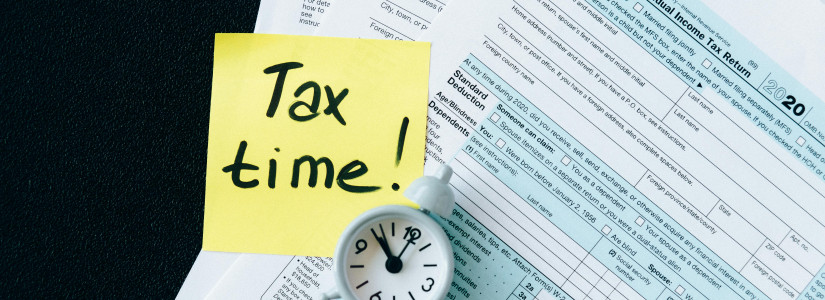Utilizing Tax Credits for Energy-Efficient Home Improvements

Homeowners looking to reduce their environmental footprint and save on energy costs can benefit from various tax credits for energy-efficient home improvements.
These incentives are designed to encourage the adoption of energy-efficient technologies and renewable energy sources in residential properties, ultimately contributing to environmental sustainability and cost savings.
Types of Energy-Efficient Home Improvement Tax Credits
The primary tax credits available for energy-efficient home improvements are the Residential Energy Efficiency Property Credit and the Nonbusiness Energy Property Credit.
These credits cover a wide range of improvements and installations.
-
Residential Energy Efficiency Property Credit:
- This credit is available for the installation of renewable energy systems such as solar panels, wind turbines, geothermal heat pumps, and fuel cells.
- For solar energy systems, the credit covers 30% of the cost, including installation, with no maximum limit.
- Wind energy, geothermal, and fuel cell systems also qualify for a 30% credit, though there may be specific limits and requirements for each.
-
Nonbusiness Energy Property Credit:
- This credit covers 10% of the cost, up to $500, for energy-efficient improvements such as insulation, exterior windows and doors, and certain roofs.
- Specific limits apply to different types of improvements, for example, a $200 cap for windows and $50 for advanced main air circulating fans.
Eligibility and Requirements
To qualify for these tax credits, the improvements must meet specific energy efficiency standards set by the Department of Energy.
For renewable energy installations, the credit is available for both new and existing homes, and you must retain proof of purchase and installation, such as receipts and manufacturer certifications.
Claiming the Credits
To claim these tax credits, you need to file IRS Form 5695, Residential Energy Credits, with your tax return.
This form helps you calculate the amount of the credit and provides instructions on the necessary documentation.
Ensure you keep all receipts and relevant documentation in case of an IRS audit.
Financial and Environmental Benefits
Utilizing these tax credits can lead to significant financial savings. By reducing your taxable income, you lower your overall tax liability.
Additionally, energy-efficient home improvements can reduce your utility bills, providing ongoing savings.
Environmentally, these improvements help decrease greenhouse gas emissions and reliance on non-renewable energy sources, contributing to a more sustainable future.
According to the U.S. Department of Energy, homes that utilize energy-efficient improvements can save up to 30% on their energy bills annually.
Furthermore, the Solar Energy Industries Association (SEIA) reported that solar installations in residential properties increased by 43% from 2020 to 2021, reflecting growing consumer interest in renewable energy solutions.
Conclusion
Tax credits for energy-efficient home improvements offer substantial benefits for homeowners looking to reduce energy costs and contribute to environmental sustainability.
By understanding and utilizing these credits, you can make your home more energy-efficient while enjoying financial incentives.
Always consult with a tax professional to ensure you are maximizing these benefits and complying with IRS requirements.











